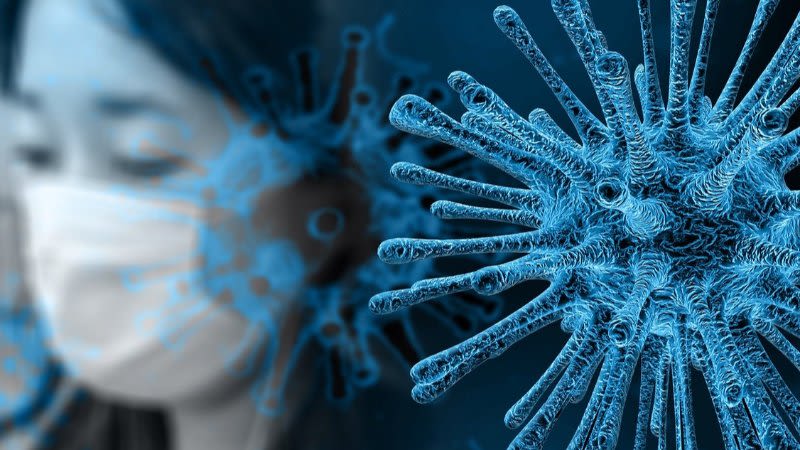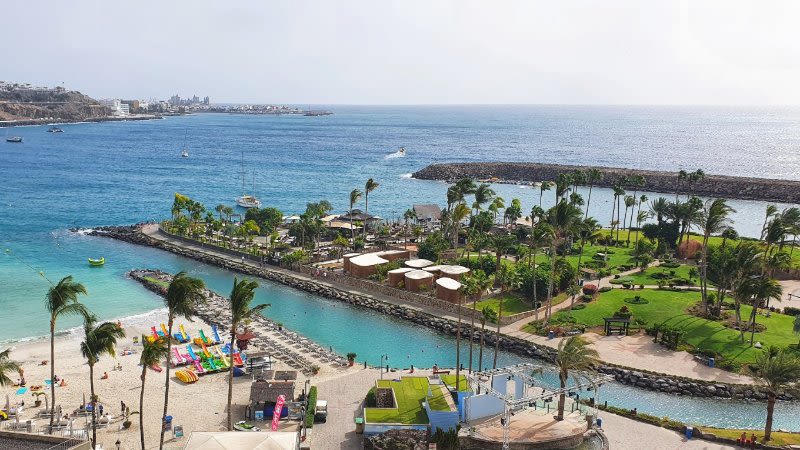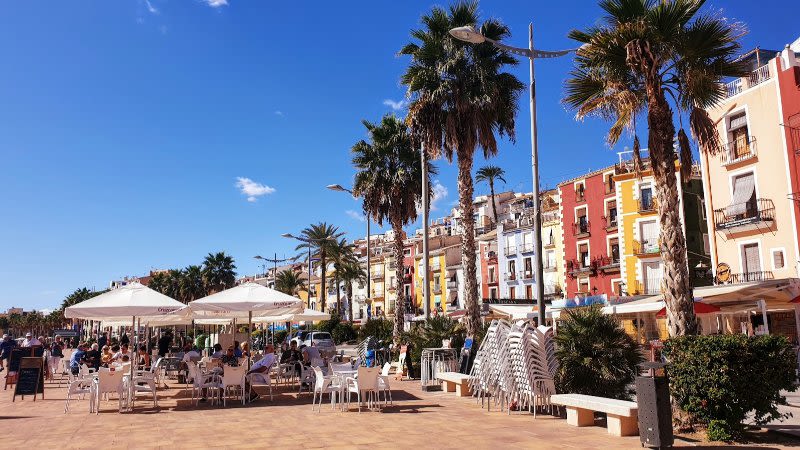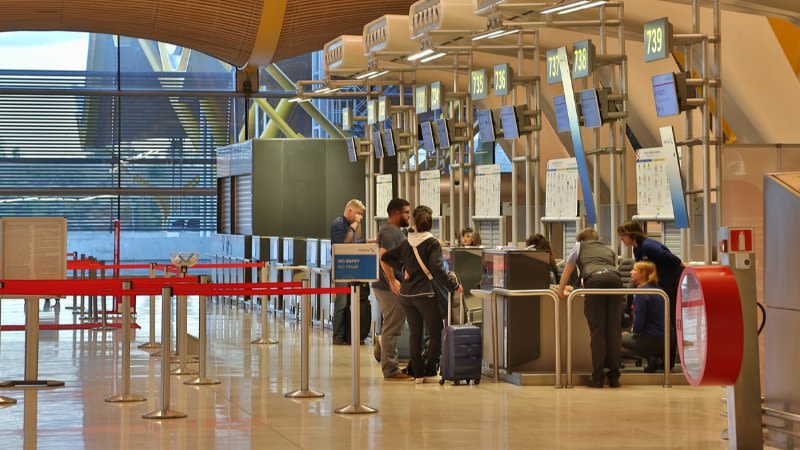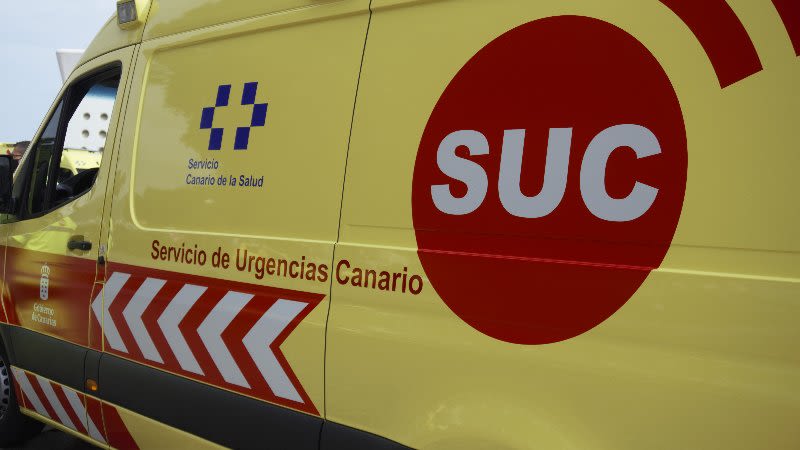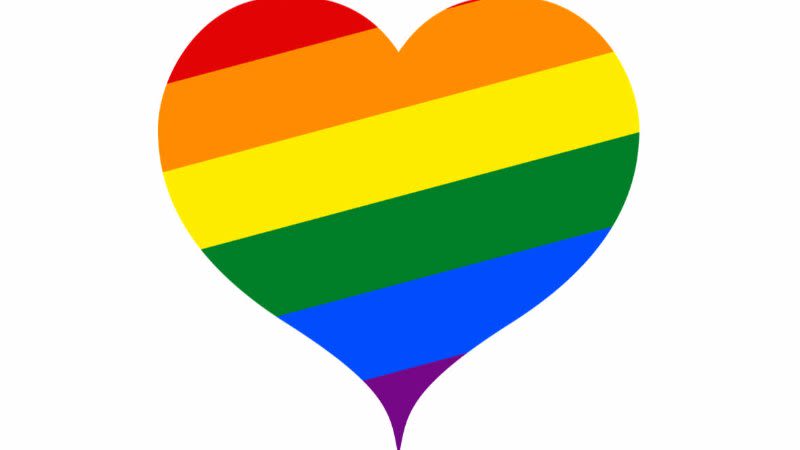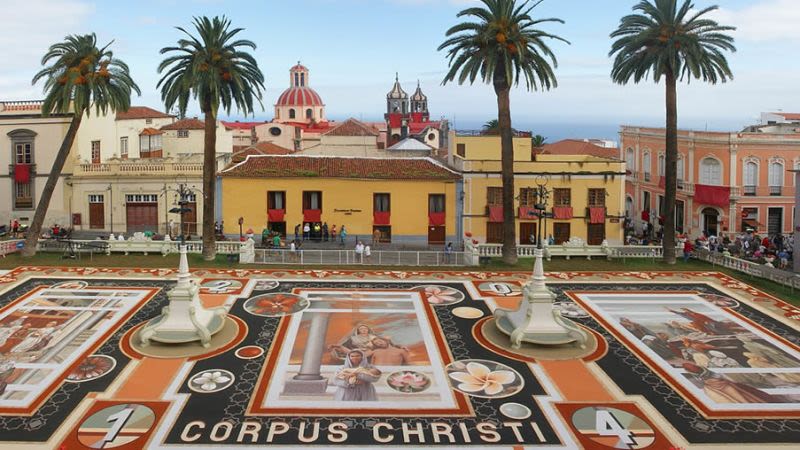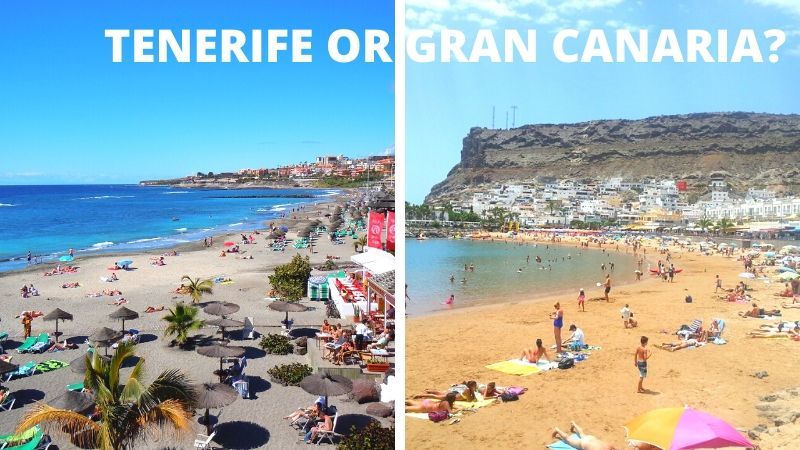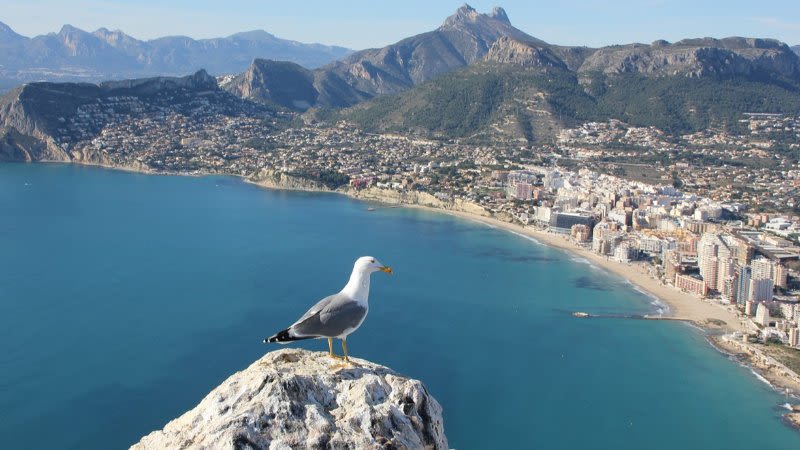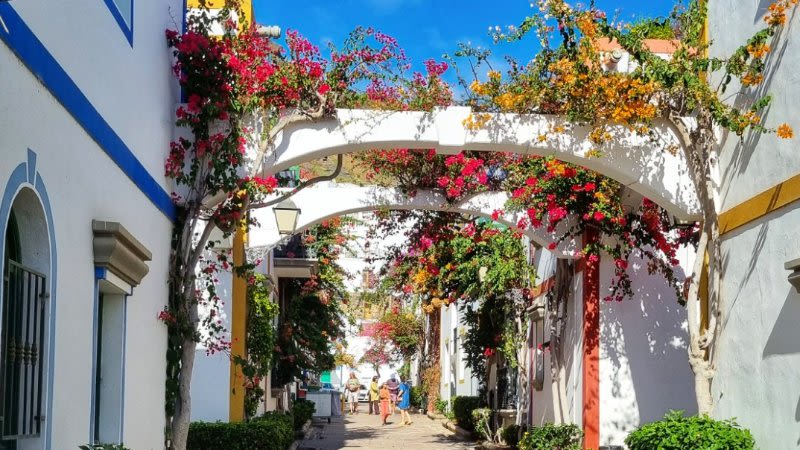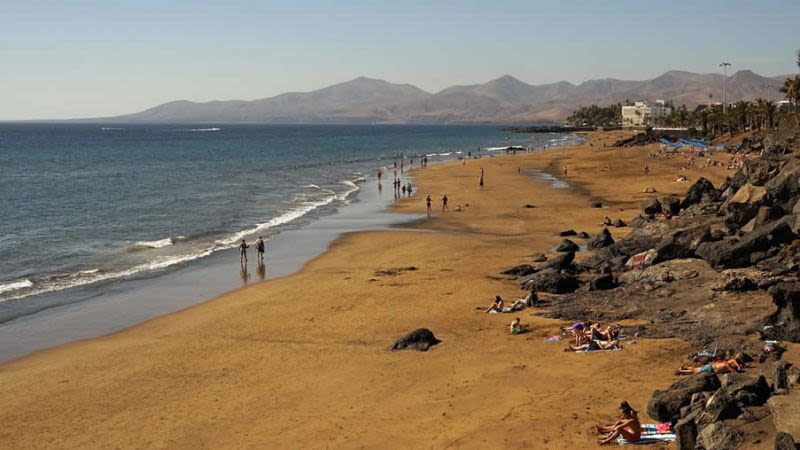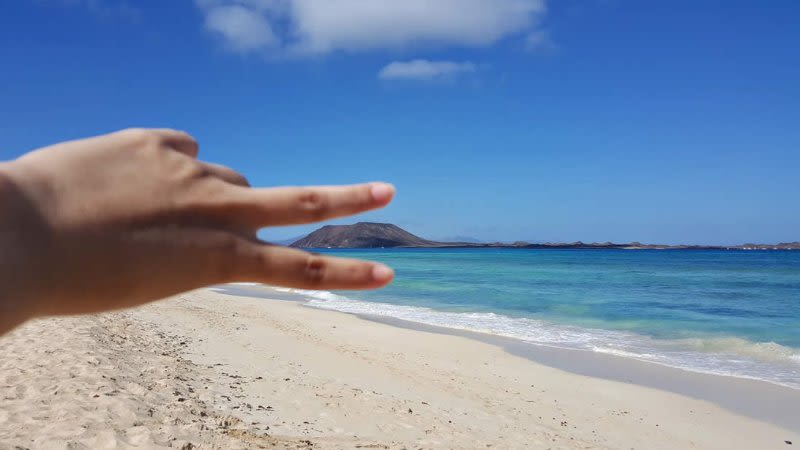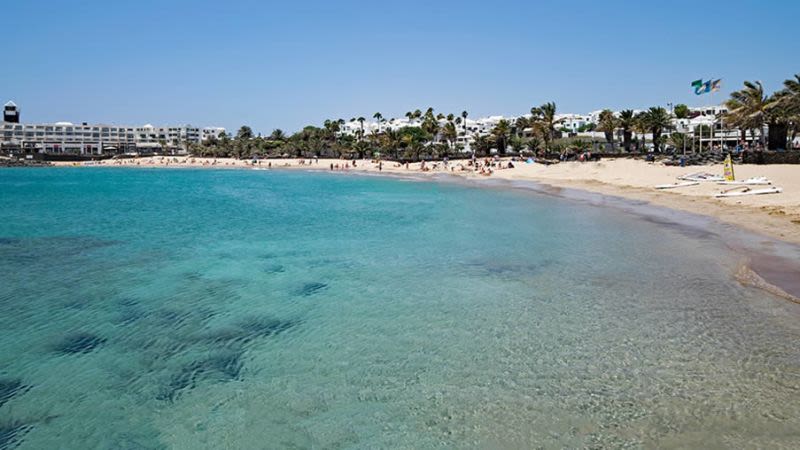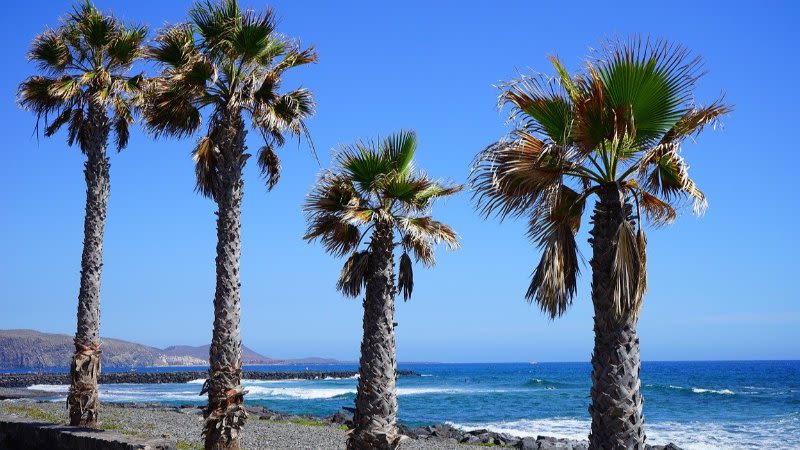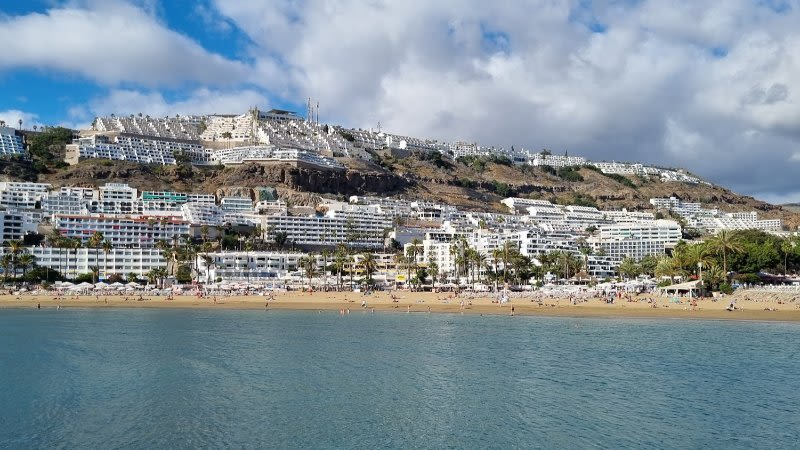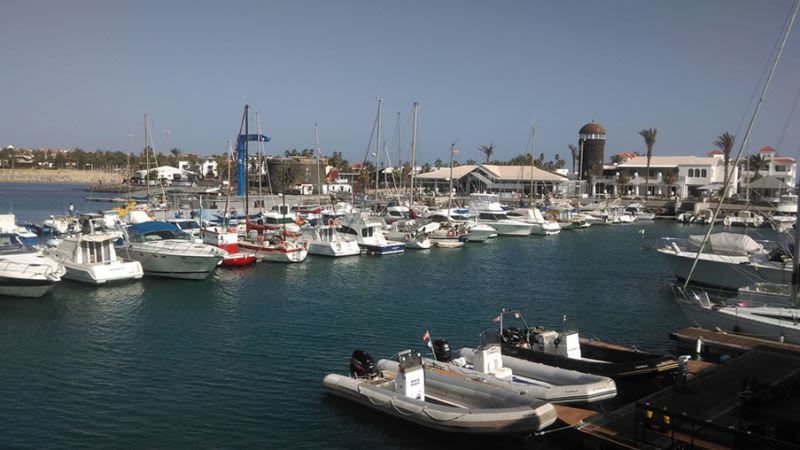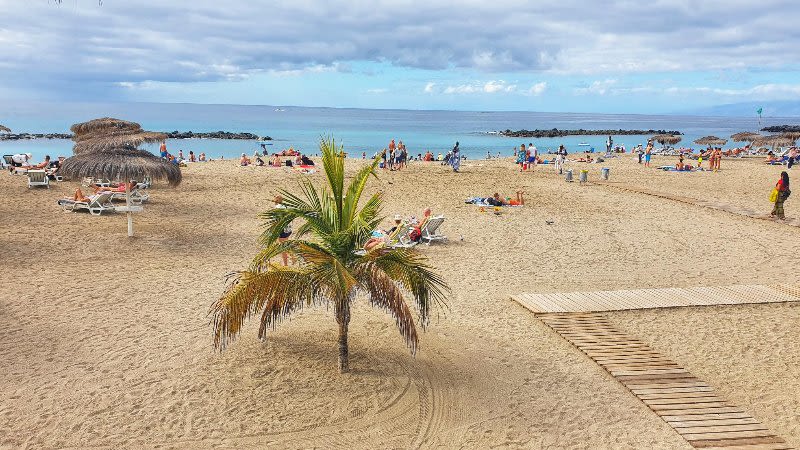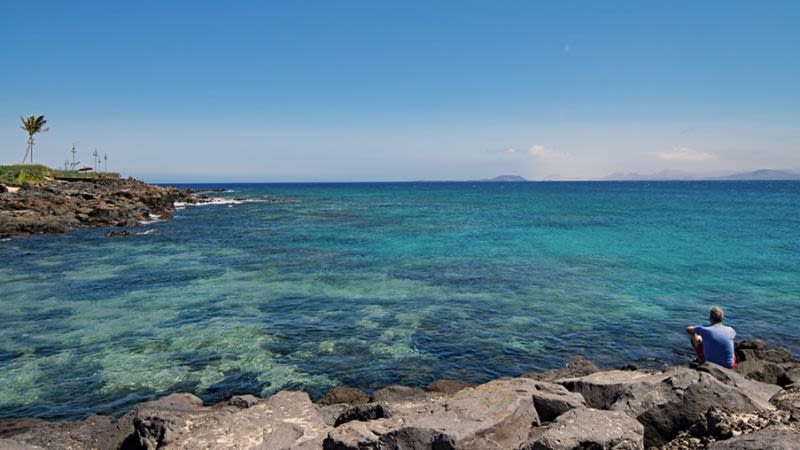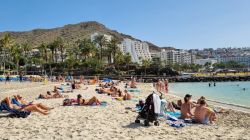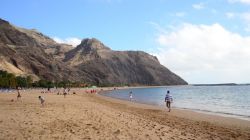Tenerife drops to Level 2, the rest of the levels remain unchanged
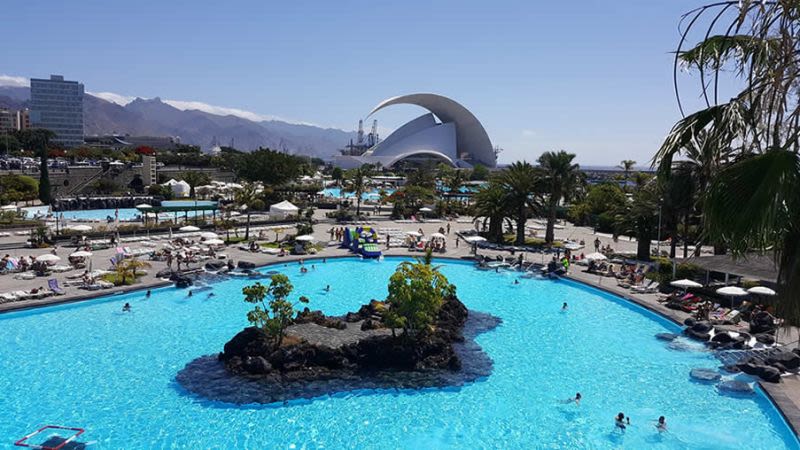
The Ministry of Health has agreed this Thursday, September 16th, after analyzing the evolution of epidemiological data, to drop the alert level in the case of Tenerife from level 3 to level 2. This is the only change in alert levels this week in the Canary Islands.
Fuerteventura will continue at level 3; Tenerife and Gran Canaria will be at level 2, and Lanzarote, El Hierro, La Gomera and La Palma are all at level 1.
Notice!
These alert levels and the local traffic lights system in the Canary Islands have nothing to do with UK's own traffic light system.
The Canary Islands also use the traffic lights system to announce the level of local restrictions on each island in the archipelago, based on the rate of new cases registered. This article refers to the local alert level on each island, which is assessed weekly by the Government of the Canary Islands.
Current Alert Levels in the Canary Islands:
- Alert Level 1: El Hierro, La Gomera, Lanzarote, La Palma
- Alert Level 2: Tenerife, Gran Canaria
- Alert Level 3: Fuerteventura
- Alert Level 4: -
So currently in the Canary Islands archipelago, there are 4 islands placed at Alert Level 1: El Hierro, La Gomera, Lanzarote, La Palma, 2 islands placed at level 2: Gran Canaria and Tenerife 1 island placed at level 3: Fuerteventura.
The level change for Tenerife will take effect at 00:00 this Friday.
Why is Fuerteventura still at level 3?
The Deputy Minister of the Presidency, Antonio Olivera, explained that Fuerteventura's epidemiological data has worsened in recent days, which is why it stays at level 3. He indicated that the situation in Fuerteventura is "worrying", since the incidence at 7 days is double that of the rest of the islands and is even higher than the average incidence at 14 days in the archipelago.
In addition, the percentage of positives from diagnostic tests carried out is close to 10%, more than double the average for the Canary Islands.
The data indicate that there is community transmission and the incidence rate does not follow the descending pattern of the rest of the islands. For this reason, it was recommended that the island remain at the current alert level 3, hoping that these indicators may improve in the coming weeks.
SEE ALSO

